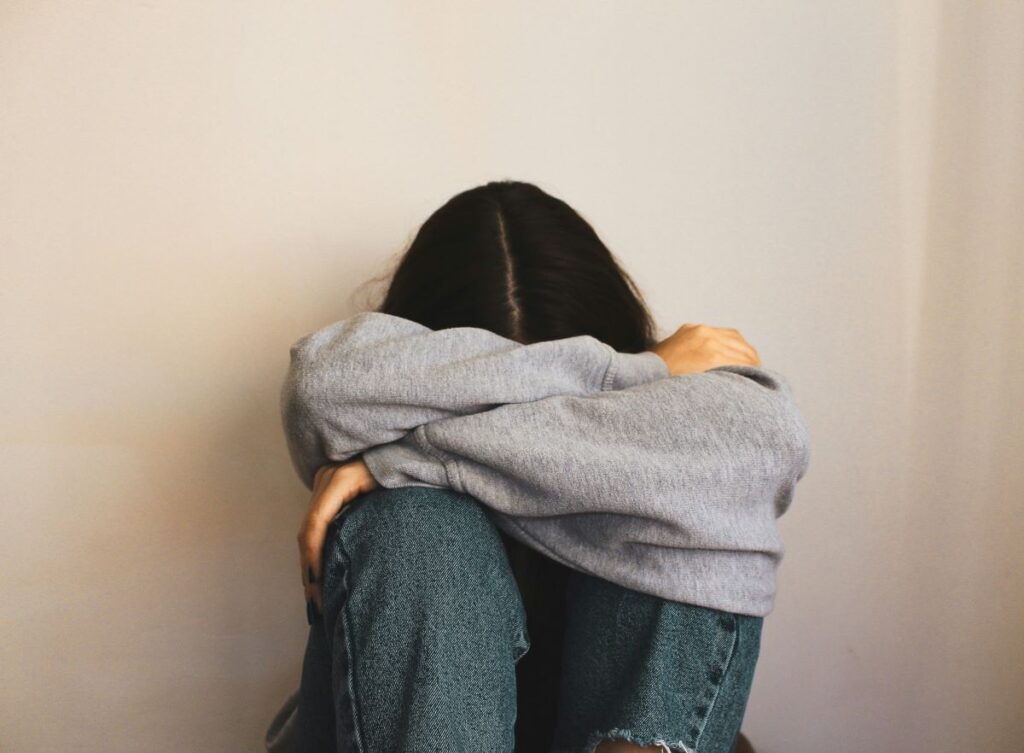The number of schoolchildren subjected to restraint or seclusion is unknown. No federal law bans the practices, which are disproportionately used on disabled students and students of color and have resulted in children’s broken bones and death.
A report from KFF Health News sheds new light on the failure of school districts to accurately provide the U.S. Department of Education with the number of K-12 students placed in restraint and seclusion – practices that are disproportionately used on students with disabilities, students of color, and boys. The Citizens Commission on Human Rights (CCHR) renews its long-standing call for laws prohibiting restraints and seclusion in schools, nursing homes and psychiatric facilities, a ban now strongly advocated by the World Health Organization and the Office of the United Nations High Commissioner for Human Rights.
No federal law prohibits restraint and seclusion, and state laws concerning the practices vary widely. However, federal law does require school districts to report to the U.S. Department of Education the instances of restraint and seclusion of students.
Physical restraint is defined as any personal restriction that prevents the student from moving freely, such as being pinned to the floor. Mechanical restraint is the use of devices or equipment to restrict the student’s freedom of movement, such as belts to strap them down. Seclusion is subjecting the student to solitary confinement in a room or area that they are physically prevented from leaving, such as locking them in a room or closet.

Despite the federal reporting requirement, KFF Health News reports that for nearly a decade, a public school district in North Carolina, one of the largest in the nation, failed to report incidents of restraint or seclusion that were, in fact, occurring in the district.
The nonreporting came to light after a mother reportedly found no documentation in school records of her autistic son’s repeated instances of restraint and seclusion, including an alleged incident of seclusion in second grade in which her son repeatedly punched himself in the face, splattering blood on the walls of the room.
“Sometimes school communities are making a deliberate choice not to record,”said Catherine Lhamon, assistant secretary for the Office of Civil Rights (OCR) in the U.S. Department of Education, quoted in the KFF article. She said that restraint and seclusion are “used at often very high rates in ways that are quite damaging” and called the practices “a life-or-death topic.”
“There is no evidence that using restraint or seclusion is effective in reducing the occurrence of the problem behaviors that frequently precipitate the use of such techniques.”
– U.S. Department of Education
The harm resulting from the use and abuse of restraint and seclusion in public and private schools was the focus of a 2009 investigation by the U.S. Government Accountability Office (GAO). The probe found hundreds of cases of alleged abuse and death over the prior two decades from the use of these methods on schoolchildren.
“Examples of these cases include a 7 year old purportedly dying after being held face down for hours by school staff, 5 year olds allegedly being tied to chairs with bungee cords and duct tape by their teacher and suffering broken arms and bloody noses, and a 13 year old reportedly hanging himself in a seclusion room after prolonged confinement,” the GAO’s report on their investigation stated.
In 2012, the U.S. Department of Education issued a resource document on restraint and seclusion, advising that “as many reports have documented, the use of restraint and seclusion can, in some cases, have very serious consequences, including, most tragically, death.”
Importantly, it further stated, “There is no evidence that using restraint or seclusion is effective in reducing the occurrence of the problem behaviors that frequently precipitate the use of such techniques.”
Yet the use of restraint or seclusion in schools has continued, and it disproportionately affects students with disabilities, students of color, and boys.
National level data from 2020-21, released by OCR last November, revealed that students with disabilities who receive school services under the Individuals with Disabilities Education Act represented 14% of K-12 student enrollment, but accounted for 81% of students physically restrained, 32% of students mechanically restrained, and 75% of students put in seclusion. Black students represented 15% of student enrollment, but 21% of students physically restrained, 42% of students mechanically restrained, and 19% of students put in seclusion. Boys represented 51% of student enrollment, but 83% of students physically restrained, 82% of students mechanically restrained, and 82% of students put in seclusion.
Last October, the World Health Organization (WHO) and the Office of the United Nations High Commissioner for Human Rights (OHCHR) issued a blueprint for laws to end all coercive mental health practices, including restraint and seclusion. The report states, “Not only are seclusion and restraint contrary to international human rights law, their use is incompatible with a recovery approach, counters the purpose of care, and can lead to physical and psychological harm, even death,” adding, “There are always alternatives to seclusion and restraint.”
The report cites examples of countries with laws prohibiting the practices: “For example, India, Italy, Mexico and Peru have banned the use of seclusion or solitary confinement in their mental health systems, with Mexico expressly prohibiting the use of restraints.”
The Citizens Commission on Human Rights has been a global leader in the fight to eliminate coercive and abusive mental health practices, including restraints and seclusion, to protect individuals from violations of their human rights. CCHR continues to call for legislation to ban restraint and seclusion.
